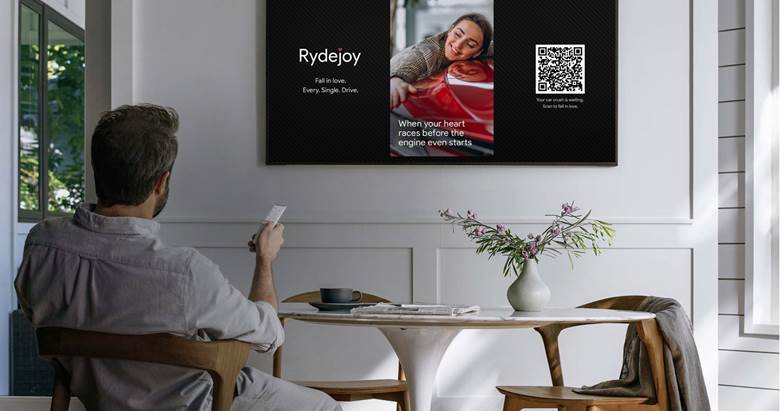McAdams On: The Spectral Looming Crisis
Free broadcast TV service is facing displacement by rhetoric, as characterized by three words--“looming spectrum crisis.” The phrase generates 354,000 Google hits, mostly because some regulator, lobbyist or lawmaker uses it in a statement and all of us in the press reprint it ad nauseum. E.g., Rep. Cliff Stearns (R-Fla.) used it today to announce a spectrum buy-back bill he’s co-sponsoring.
“We are facing a looming spectrum crisis,” an intern on the Congressman’s PR team seemed to make him say. “It’s very clear that the U.S. will need additional spectrum to meet the growing demand for wireless broadband.”
Most such parroted assertions about radio frequency spectrum are as clear as Gulf stream waters, and based on wobbly science. Notwithstanding the substantial amount of spectrum wireless providers have yet to build out, the definition of “broadband” itself is a study in elasticity.
Case in point, the FCC’s recent report that between 14 million and 24 million people in the United States don’t have access to broadband. The figures are predicated on download speeds of at least 4 megabits per second and uploads at 1 Mpbs.
Ironically or something like it, Verizon’s broadband Starter Plan offers “up to” 1 Mbps/384 kbps. The so-called “Power Plan” is up to 3 Mbps/768kbps (or as Speedtest.net clocks it mid-afternoon in Los Angeles, 1.25/560).
Only the $55 plan (that actually cost $85 a month because dry loop is a myth) offers a download speed that meets the FCC’s definition. The upload speed does not. Therefore, under the FCC definition of broadband, Verizon subscribers do not have access to it.
The FCC noted that even if it dropped download to 768 kbps, 12 million Americans would lack terrestrial broadband service. That would be roughly 4 percent of the population, or a fraction of the number who rely exclusively on over-the-air TV service.
Recall that roughly 10 percent of American households--around 31 million Americans--rely on over-the-air TV service. Those 31 million have been deemed inconsequential by the industrial giants agitating for broadcast spectrum, and making it seem patriotic. The notion that the American people are going to get anything but charged for the Administration’s National Broadband Plan is a delusion.
The definition of broadband is also being questioned by researchers at the Massachusetts Institute of Technology. In a report on broadband speeds, the MIT team noted the FCC’s acknowledgment of the chasm between advertised and actual broadband speeds. The FCC said it therefore was referencing “‘actual’ rather than advertised or ‘up to’ speeds’” in its report. Measurement methods were not indicated, and it may not have mattered if they were.
The MIT researchers found that common methods of measurement underestimate the speed of the networks themselves. (Speedtest.net included.)
“Speed measurements for the same service can vary significantly,” the MIT report said. “These differences arise from a complex set of factors, including different test methodologies and test conditions. For any testing methodology, teasing apart the end-to-end tests and attributing performance bottlenecks to constituent parts is technically challenging.”
Bottlenecks do indeed occur on networks, but also within “home networks, end users’ computers, and server side systems and networks,” the report said. “Consequently, inferences regarding how ISP delivered speeds compare with their advertised speeds need to be undertaken with careful attention to the testing methodologies employed. Many testing methodologies are inappropriate for the purposes of assessing the quality of a broadband network.”
The MIT study illustrates subjective assumptions in the National Broadband Plan, which currently relies more heavily on buzzwords and banalities than science and economic analysis. Any major technology policy overtly favoring one industry over another--and consequently one group of Americans over another--should be based on the most rigorously investigated criteria. A spectral looming crisis is not one.
The professional video industry's #1 source for news, trends and product and tech information. Sign up below.
